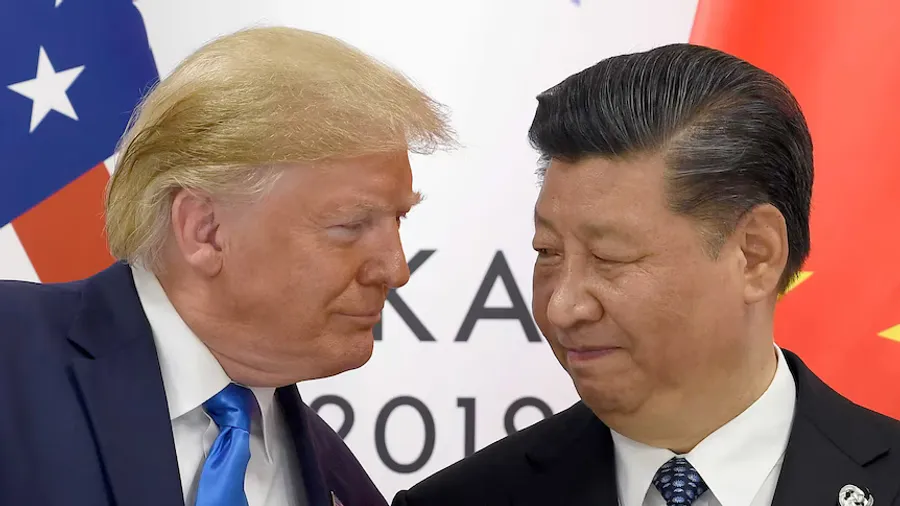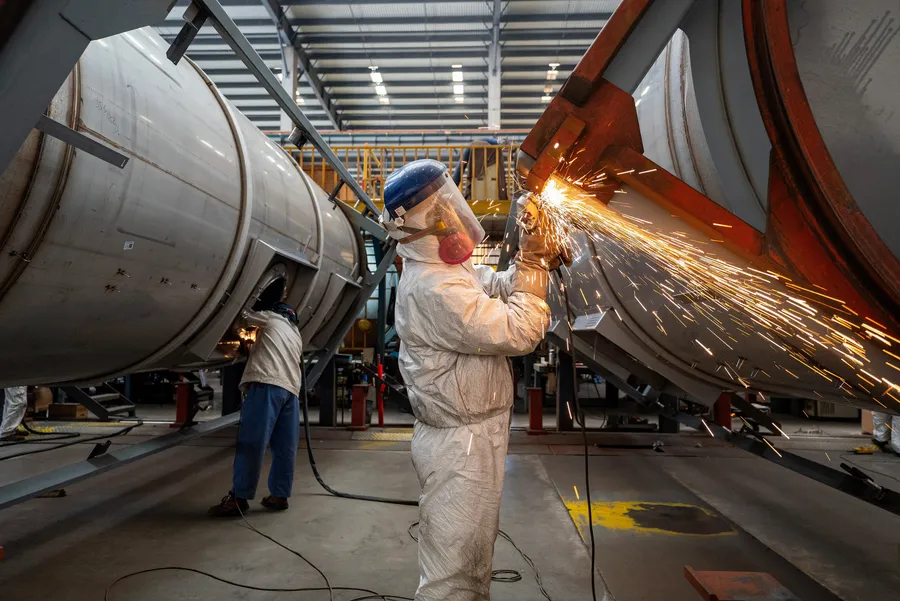China’s Opportunistic Approach to Trump
by u/Case_Newmark
China’s Opportunistic Approach to Trump

Chinese President Xi Jinping meets with U.S. President Donald Trump in Osaka, Japan, June 29, 2019. (AP: Susan Walsh, File)
Chinese officials responded to Trump’s return to the White House in 2025 with trepidation. After Trump’s 2024 win, Beijing braced for severe turbulence in the relationship. Memories of the bruising trade battles from his first term lingered, and with a slowing economy still heavily reliant on global markets, Chinese leaders expected new tariffs, sharper political criticism, and stronger U.S. backing for Taiwan.
Half a year into Trump’s second term, Beijing’s mood shifted noticeably. Instead of the all-out confrontation they feared, officials saw that Trump’s obsession with the trade balance made him a more transactional figure to negotiate with, compared to the ideologues who steered his earlier administration.
Beijing now believes they can strike a deal to improve relations. They have even pressed for a meeting between Trump and Xi Jinping in the coming months, hoping to establish a more positive tone in bilateral ties. It is clear they are learning, from other world leaders, that Trump is a sucker for flattery. With luck, one friendly conversation with Xi, and Trump will be singing the Chinese national anthem.
In reality, Chinese strategists recognize that underlying U.S.-China relations remain adversarial. The consensus among elite Chinese thinkers is that the two governments are locked in an “entangled long-term strategic competition,” and Beijing’s goal is simply to use any trade truce to buy time and shore up its economy.
A Flipped Script
The expectations of tariffs and support for Taiwan were borne out, at first.
In the first quarter of 2025, Trump rolled out multiple rounds of tariffs, culminating in a dramatic escalation that drove up the cost of Chinese imports well beyond their original value. Beijing answered with reciprocal measures, and by spring the confrontation had reached a standstill with no obvious resolution.
Then, unexpectedly, the dynamic shifted. Many analysts had assumed China’s economy could not withstand this tit-for-tat escalation, and that Washington was the clear “winner.” Instead, Beijing found itself in a strong position. Once China’s retaliation was in place, it was the U.S. that abruptly sought a way out. By May, however, Washington pushed for talks, and negotiators struck a partial truce in Geneva. A follow-up call between Trump and Xi soon after signaled a pause in escalation. From Beijing’s perspective, it was the United States that blinked first. What began as an offensive from Washington instead exposed America’s own economic vulnerabilities.
In Beijing’s reading, this episode confirmed a basic asymmetry: U.S. households felt the pain of higher prices immediately (a pure supply-side shock), whereas China suffered more of a gradual demand shortfall. Many Chinese analysts noted that the United States simply could not absorb tariff shock as easily as China could. In effect, Trump’s tariff barrage became a self-inflicted wound for the U.S., producing an acute, consumer-facing price shock in America that proved politically unsustainable. All while China could shield its economy through subsidies, alternative markets, and currency reserves.
This explains Washington's desperation to find a way to de-escalate the trade war, through their 90 day pushbacks. Constant boisterous threats, then chickening out at the last second, signals weakness to other nations. China has not failed to notice that TACO reigns supreme.
China’s Strategic Leverage and Resilience
Far from setting off a crisis, the trade war has only highlighted China’s strategic strengths and given Beijing more space to prepare for competition. Over the past several years Chinese leaders have invested heavily in shoring up the economy. They have poured resources into key industries such as energy, agriculture, and semiconductor production to reduce dependence on foreign (especially U.S.) suppliers. As President Xi Jinping put it, the goal has been to “ensure the normal operation of the national economy under extreme circumstances”. This foresight is now paying off. It means that even as imports from the United States face punishing tariffs, China can fall back on domestic production and alternative trade partners.

Workers work on a production line, manufacturing tank containers at a factory in Nantong, Jiangsu province, China April 7, 2025. cnsphoto via REUTERS/File Photo
China has also kept strategic tools in reserve, most notably its near-monopoly over refining rare-earth minerals essential for technology ranging from smartphones to missiles. The ability to squeeze supply chains in sectors from electronics to defense gives China a pressure point it can activate if relations worsen further. More generally, China’s recent measures from restricting tech exports to pursuing new markets in Asia, Europe, and Africa, all fit a long-term strategy of resilience. In short, the Trump 2.0 trade barrage has only confirmed that China’s multi-year preparations are working as intended. Beijing is thus able to treat these tariff battles as manageable challenges rather than catastrophes.
Preparing for Long-Term Competition
All this explains why, paradoxically, many Chinese elites believe they have been handed an opportunity. The respite provided by Trump’s practical turn on tariffs has given China breathing room to pursue its broader goals. “For now,” as one observer put it, Beijing views this second Trump term as a chance to “achieve their goals without a war”. Even after eight decades of mistrust, U.S.-China relations have not spiraled into open conflict. These shaky relations provide China just enough stability to engage in its “Macro phase” with relative safety.
That said, Chinese analysts are under no illusion that a fundamental rift has been healed. The prevailing view in Beijing remains that China and the United States are locked in intractable strategic competition. Trump’s return has simply shifted the battlefield onto trade, where Chinese leaders feel more confident. Going forward, China will continue to prepare for the long haul: further decoupling where needed, deepening alliances with other countries, and using whatever leverage it can obtain.
The mood among China’s ruling elite is optimistic but guarded. Their newfound confidence is built on a temporary window of advantage. In the end, Trump 2.0 has given Beijing a breather, not a breakthrough. But by tolerating the tariff fight better than the U.S., China believes it has turned the tables on the US, using the conflict to its own benefit while avoiding any catastrophic showdown.
Analysis based mostly on Yun Sun, China Is Enjoying Trump 2.0: How the Trade War Is Helping Beijing Prepare for Long-Term Competition (Foreign Affairs, Aug. 15, 2025); Rogé Karma, “What If China Wins the Trade War?” (The Atlantic, Apr. 20, 2025)